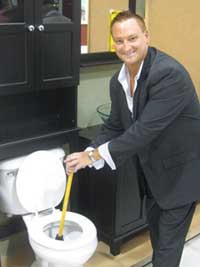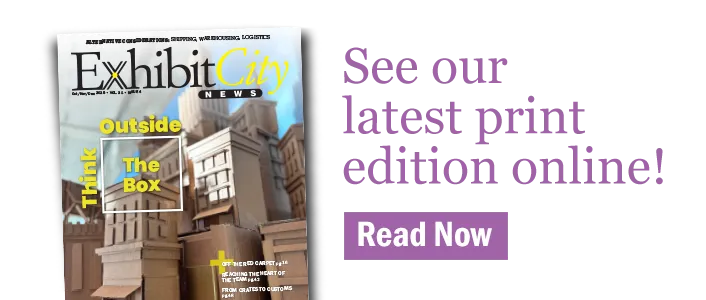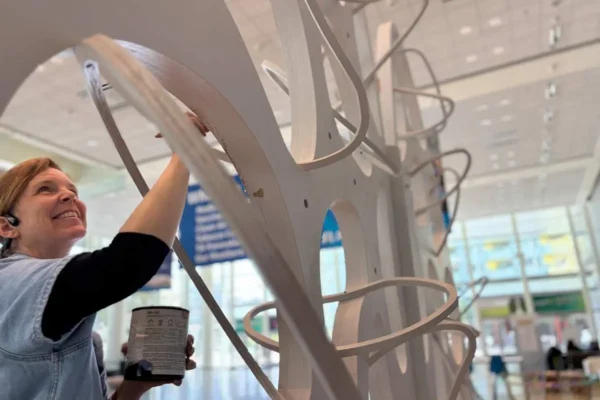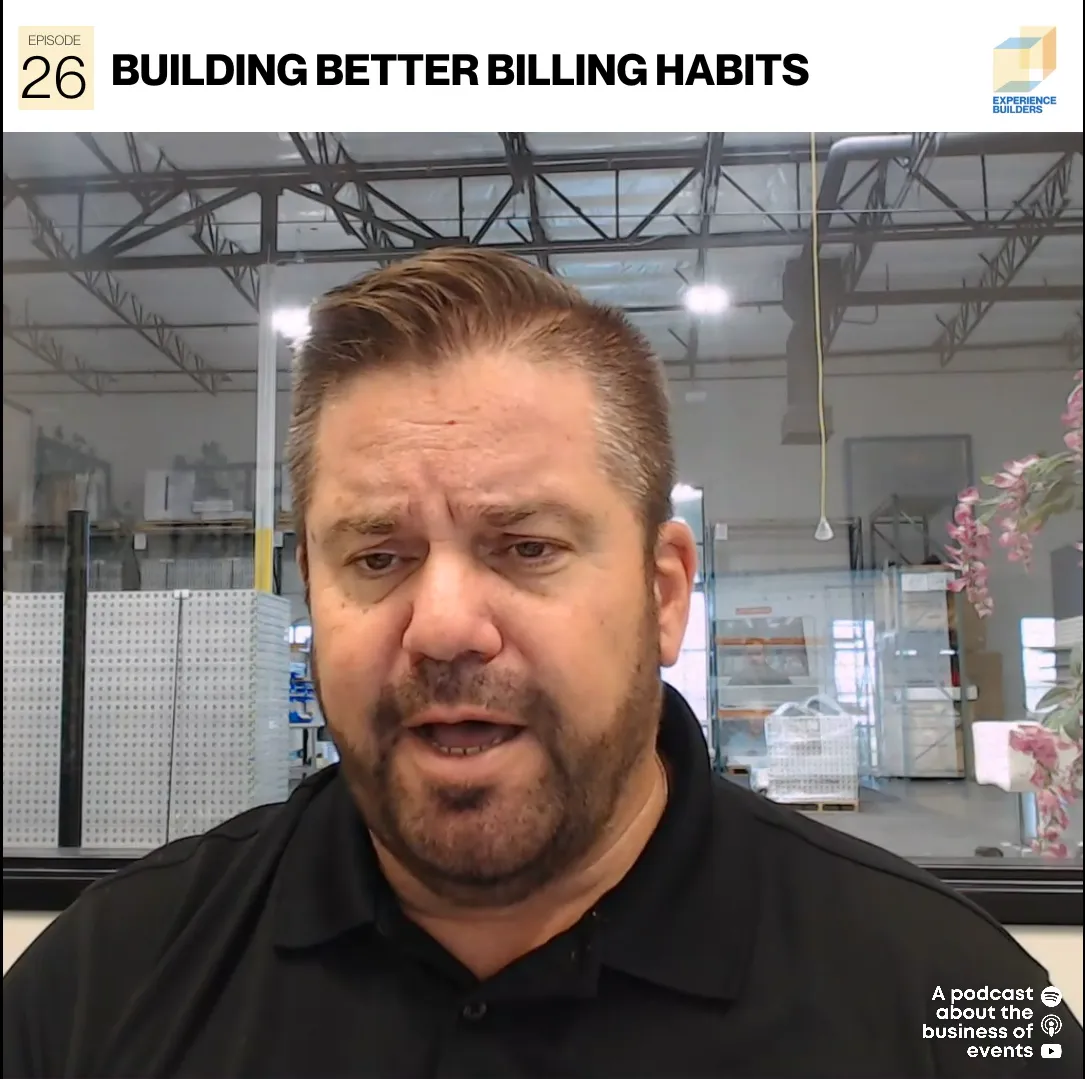 This economy cracks me up.Whether you like it or not, there’s business to be won out there. As my work takes me from convention center to convention center, I always look forward speaking with the sales managers from my competitors. While it is unorthodox, it’s an opportunity to learn like no other.
This economy cracks me up.Whether you like it or not, there’s business to be won out there. As my work takes me from convention center to convention center, I always look forward speaking with the sales managers from my competitors. While it is unorthodox, it’s an opportunity to learn like no other.
For the past two years, my counterpart managers have gone from speaking of closed business and revenue growth to speaking about “pipeline.” At first, this was a sales term that made sense, but as I thought about it, the term had no connection to winning business. In most cases, the development of the pipeline becomes a meaningless exercise. As time went on, I re-labeled the term as “sewer line.”
An inexperienced and unrealistic sales executive will allow themselves to be caught up in the creation of the pipeline as a way to forecast sales regardless of their ability to sell the exhibit. Sales forecasting is a notoriously difficult problem and inexperienced managers and AE’s learn the hard way that sales meetings, prospect interest and apparent momentum do not translate into closed sales in anywhere near the time and speed one would hope. Missing a sales forecast hurts every company, no matter what size they are.
Rather than viewing the process as a pipeline, view it as more of a sales funnel. As the qualifying process continues, fewer and fewer leads get through, allowing your organization to focus its resources on winning the business.
Changing a company’s mentality from creating a sales pipeline to managing a sales funnel is no easy process. As Winston Church once said, “There is nothing wrong with change, if it is in the right direction.”
After the success rate of a sales funnel increases and the sales team buys into the qualifying process, your company will see the forecasting process become a pleasant and rewarding experience.
Leaders in the sales field must constantly evaluate where an opportunity is relative to the key sales milestones and if sales reps are realistically categorizing various opportunities.
When my public speaking lands me in front of a large group of business leaders, I tell them to categorize the stages of each opportunity, further qualifying each lead in order to focus the company’s resources.
In the exhibit business, I categorize the stages of my sales funnel as follows
• Stage 1: New prospect; 10 percent probability, cold calling lead or show floor follow up.
• Stage 2: Prospect engaged; 20 percent probability with lengthy conference calls about past experiences, and where their current exhibit house is not providing value.
• Stage 3: Design requirements and budget qualification; 40 percent probability, major discovery requirements stage.
• Stage 4: Proposal submitted and ROI analysis with client; 60 percent probability with building ROI analysis with customer.
• Stage 5: Contract negotiations and getting final signatures; 80 percent probability and reviewing proposals, technically selected.
Before moving from stages, you must develop and adhere to a set of criteria on each and every sales opportunity.
For example, before moving from Stage 1 to Stage 2, you must have made contact with the right person in the buying organization and have determined that there is a need for your product or services.
Before advancing from Stage 4 to Stage 5, you have determined that the details of the product or partnership have been discussed and agreed it’s a good fit for both sides. Also the pricing of the deal is in the client’s ballpark budget. Lastly, the rough timing of the close of the deal has been discussed.
When forecasting sales as an exhibit builder, try to match each sales engagement against the milestones/stages listed above. Notice that there are no stages at 100 percent probability. That happens when the contract is signed and deposits are received.
Actively managing the sales funnel, not the sales pipeline, is a great way to get the most out of your sales leads and prospecting efforts.
Analyzing the progress of sales opportunities shows which deals are lagging and which are moving along faster than expected. This gives sales management an opportunity to work with the sales teams to close as much business as possible, as fast as possible.
Joseph Houle is the vice president of strategic development at LAB Exhibits. He is available for speaking engagements and can be contacted via email at jhoule@lbexhibits.com.
| Home |
| People on the Move |
| National News |
| Regional News |
| Features |
| Tradeshow Calendar |






















